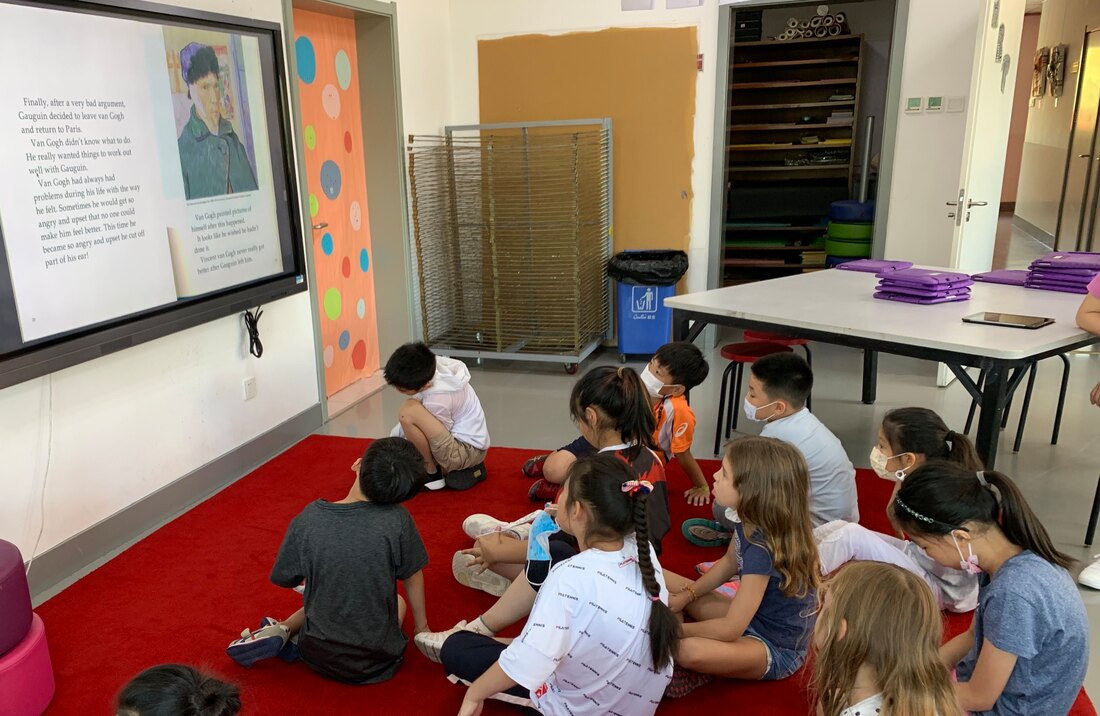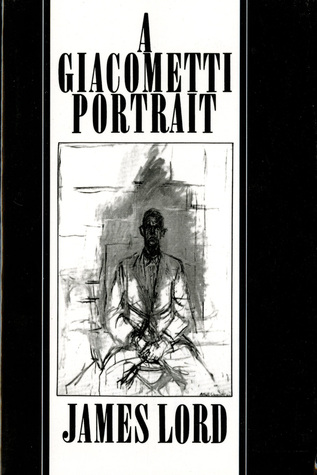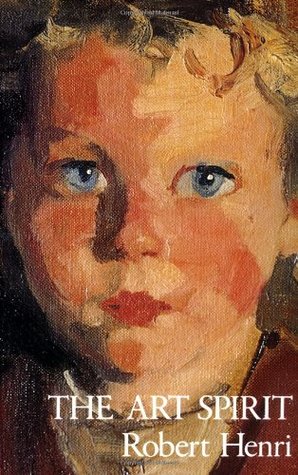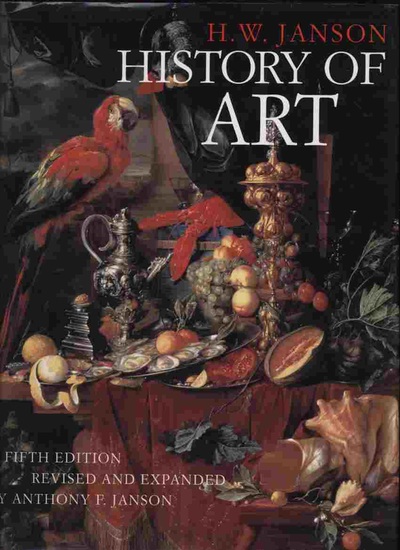Literacy: I use books and reading/writing in Art as much as possible. Many projects begin with a story, which focuses student attention, engages their mind, and increases their power of observation. Students are also free to read the books in the Art Bookcase at the back of the classroom if they've finished their work early or just need a creative break.
Visible Learning: I also make a point to use correct Art Vocabulary, which the students post on the Art Word Wall as we learn new words. Some sample vocabulary words for Grade 2 include: palette, portfolio, sketch book, and specifically for a project, vanishing point, horizon line, parallel lines, and perspective.
Students also build their literacy skills and Art vocabulary, as well as their knowledge, by completing Word Searches that I created based on books or artists that we've learned about in class.
Visible Learning: I also make a point to use correct Art Vocabulary, which the students post on the Art Word Wall as we learn new words. Some sample vocabulary words for Grade 2 include: palette, portfolio, sketch book, and specifically for a project, vanishing point, horizon line, parallel lines, and perspective.
Students also build their literacy skills and Art vocabulary, as well as their knowledge, by completing Word Searches that I created based on books or artists that we've learned about in class.
Timeline of Art History: Students add birth and death dates, as well as famous works of art, to a Timeline of Art History. They are able to see visually how artists and artworks overlap and the possible sequence of influence.
Secondary Students also read books for Literacy and Art History purposes. Students have read excerpts from A Giacometti Portrait by James Lord and The Art Spirit by Robert Henri, to name a few. Classic resources, such as Janson's History of Art and Naomi Rosenblum's A World History of Photography are also utilized.












